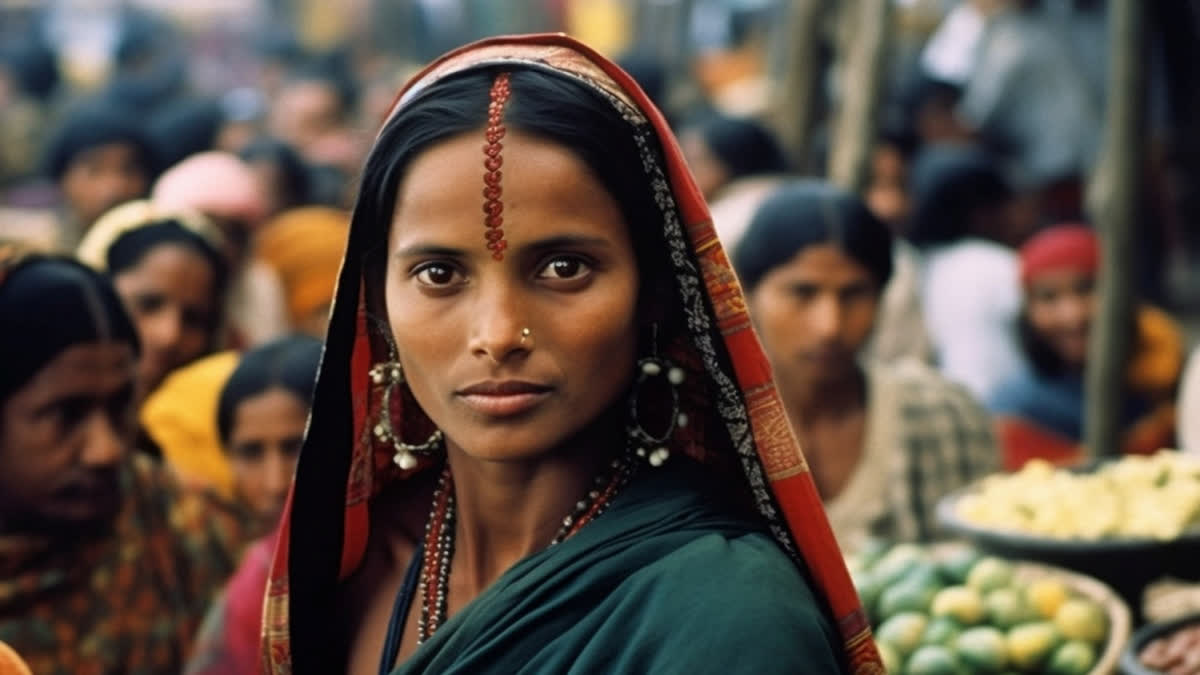If you were to walk through a village in rural India, past fields of ripening crops and cattle lazily chewing their cud, you might assume that malnutrition is a thing of the past. After all, food is everywhere: grains stacked high in storage, livestock in the courtyards, fresh milk in clay pots. But appearances can be deceiving.
A new study published by scientists at the International Crops Research Institute for the Semi-Arid Tropics (ICRISAT), the International Food Policy Research Institute (IFPRI), and the Center for Economic and Social Studies (CESS) exposes a surprising contradiction: more than two-thirds of households surveyed across India’s semi-arid tropics don’t get enough protein, even though they have access to protein-rich foods.
This isn’t a case of scarcity. The problem isn’t that protein is unavailable. It’s that it’s overlooked, undervalued, and misunderstood.
A Diet Built on Grains
The numbers tell a troubling story. Across six states and nine districts, researchers found that diets in these regions are dominated by staple grains (rice and wheat make up 60–75% of daily protein intake). The problem is that while these grains do contain protein, they lack the essential amino acids needed for proper nutrition. In other words, the body gets fuel, but not the right kind of building blocks for strength and growth.
Meanwhile, foods rich in high-quality protein (lentils, dairy, eggs, and meat) remain underutilized. And the reason isn’t always cost. While some households struggle financially, others can afford these foods but still don’t consume enough of them because of cultural food preferences, deep-rooted habits, and a lack of nutritional awareness.
Perhaps the most surprising finding is that protein deficiency isn’t just a problem for the poor. Even wealthier households, with the means to eat a diverse diet, often fail to meet recommended protein intake levels. This upends the conventional wisdom that food insecurity is simply about affordability. The reality is far more complex.
Education May Matter More Than Income
If money isn’t always the barrier to better nutrition, what is? The study found an unexpected link: households where women had higher levels of education were more likely to consume a balanced diet.
Educated women made better food choices, prioritized protein, and ensured their families ate more nutritionally balanced meals. This suggests that tackling malnutrition isn’t just about increasing incomes, it’s about increasing knowledge. Investing in female education may be one of the most effective strategies to improve household nutrition in rural India.
How Government Policy Shapes the Protein Deficit
There’s another key player in this story: government policy.
India's Public Distribution System (PDS) provides subsidized food grains to two-thirds of the population, playing a crucial role in preventing hunger. But here’s the unintended consequence: by prioritizing calorie-rich cereals like rice and wheat, the system has reinforced a diet that meets energy needs but neglects protein.
It’s a classic case of good intentions with unintended results. The PDS has been incredibly effective at addressing calorie deficiency, but in doing so, it has inadvertently contributed to a new kind of malnutrition; one where people are no longer starving, but their bodies remain undernourished.
Rethink The Future of Nutrition
The takeaway from this study is clear: solving malnutrition in India demands a shift in thinking; from measuring progress in terms of calories consumed to focusing on the quality of nutrition. Protein-dense foods like pulses, millet, and dairy are already available. The challenge is getting people to eat them. That means changing habits, reshaping policies, and making nutrition education as important as food production itself.
Reference:
Read more:



